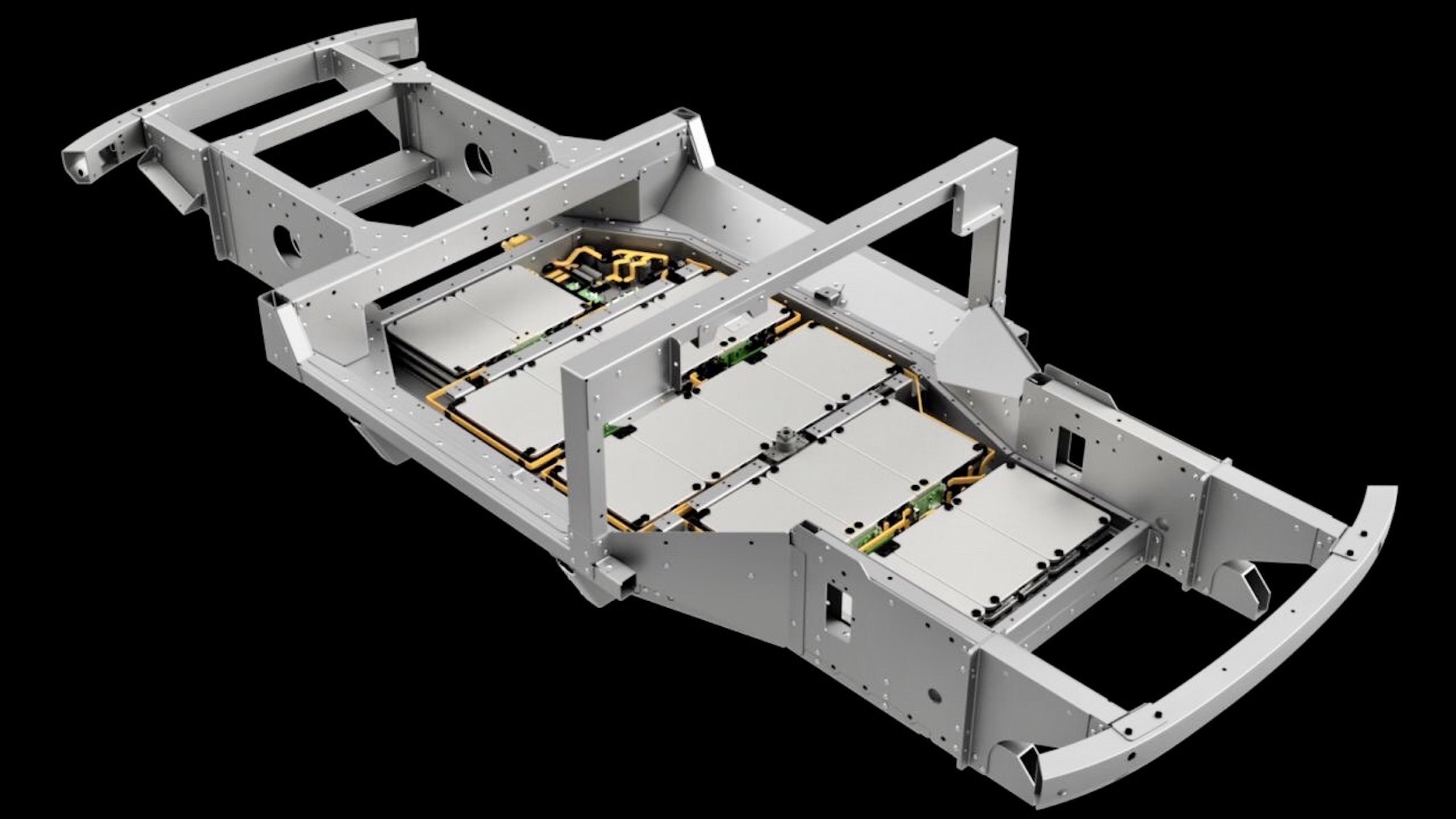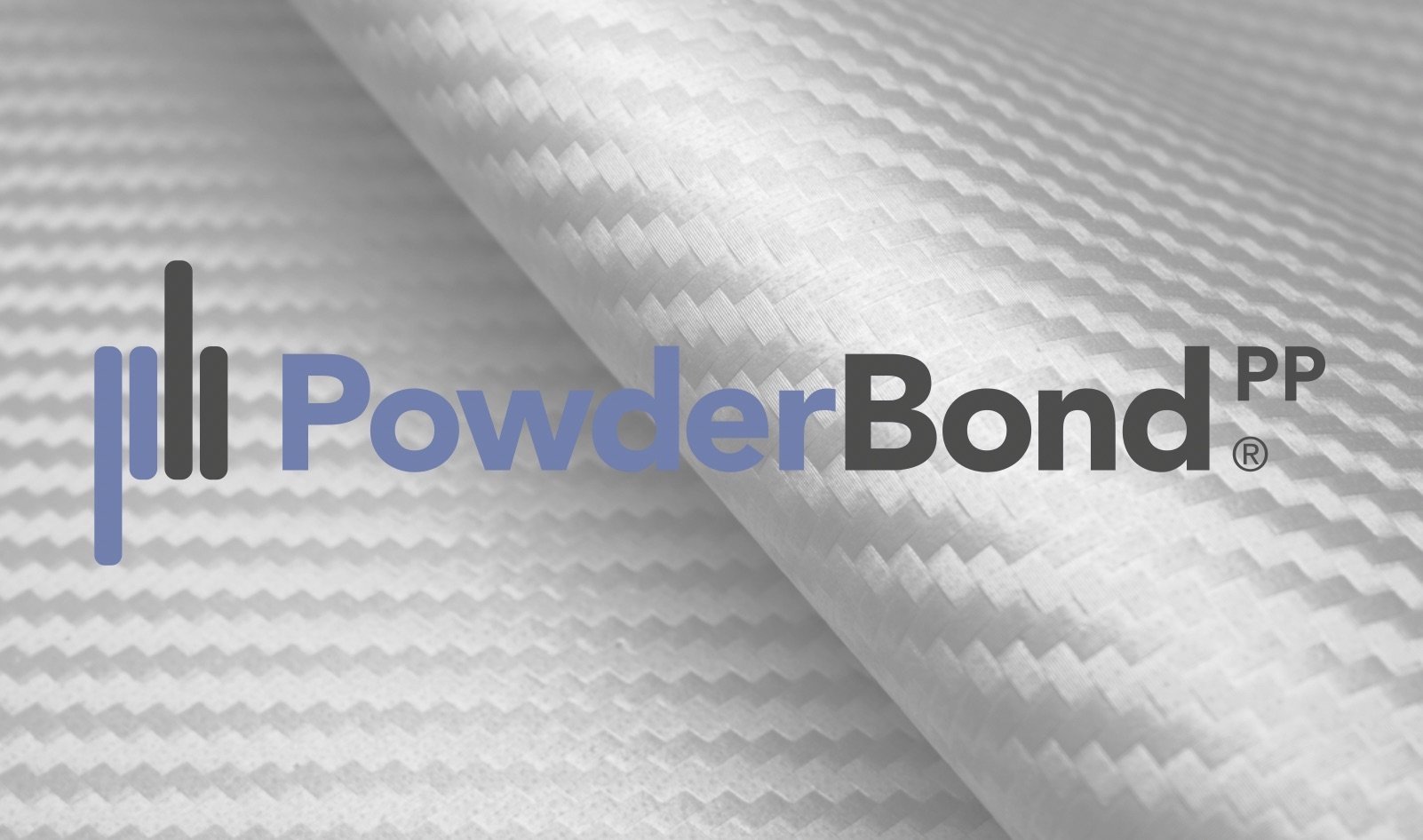Advanced surface treatment technologies for lightweighting in electric vehicles
The eCV1 is a next-generation electric light commercial vehicle, engineered and manufactured in the UK by WEVC.
Two critical aluminium surface treatments delivered by Powdertech Surface Science feature in the Watt Electric Vehicle Company (WEVC) eCV1 electric van :-
Optimised TiZr passivation for enhanced bonding
Adhesive-free PowderBond system for aluminium to composite bonding.
As with all electric vehicles, lightweighting is key to this vehicle. Innovation in the eCV1 offers an impressive and significantly class leading payload to weight ratio. Unique vehicle architecture offers flexibility of vehicle configuration, length and layout.
WEVC’s PACES (Passenger And Commercial EV Skateboard) Platform architecture. The structure is flexible, scalable, lightweight and cost-efficient,
The first prototype demonstrator of the eCV1 featured a rear body concept produced in collaboration with commercial vehicle specialist ETRUX.
PACES Platform and FlexTech
The eCV1 uses WEVC’s breakthrough, proprietary PACES Platform, a sophisticated modular electric vehicle architecture which features bespoke aluminium lightweight extrusions. These interlock and bond together, using a patented technical innovation known as FlexTech®.
TiZr passivation for bonding within the chassis construction
Our TiZr (titanium zirconium) passivation process is essential within the FlexTech system. TiZr passivation, also referred to as conversion coating, removes the natural oxide layer on the aluminium and replaces it with a stable, chemically modified ‘shield’ layer. Strong, durable and repeatable bonding of high strength structural adhesive is achieved, delivering a stiff, durable core structure.
The TiZr conversion coating process also provides a stable base for powder coating and offers additional protection against corrosion. Find out more about our TiZr passivation process.
Battery baseplate construction - an aluminium and composite sandwich utilising PowderBond®
A further innovation of the PACES Platform is the full integration of the batteries rather than having a separate battery pack. This safely optimises stiffness, minimises weight, and maximises the payload.
The battery base plate is constructed from a pierce-resistant lightweight laminate of aluminium and glass-polypropylene composite material, created by Bob Mustard, CTO, WEVC. Bob and his team recognised the advantages in strength and rigidity that would be provided by an aluminium and glass-fibre/polypropylene composite laminate, bonded in layers, as a ‘sandwich’. Bob had previously collaborated with Powdertech on development of a means of bonding thermoplastic-based composites to the metal, strongly and reliably and the Powdertech PowderBond system was the perfect solution to this challenge. In a compression moulding process, aluminium previously treated with PowderBond is sandwiched between layers of pierce resistant composite, with no need for adhesive.
PowderBond is a quick and clean coating process, eliminating the labour-intensive procedures associated with traditional industrial adhesives. No composite surface treatment is required, no adhesive application, no mechanical fixings, and no extended cure time. Find out more on our PowderBond website
Fully flexible PACES system
The cost-effective PACES platform has been developed to support commercial and passenger vehicle manufacturers, specialist vehicle converters and fleet operators in the transition to an electric future.
Adjustable to fit different vehicle architectures with different suspension concepts, the platform doesn’t directly constrain the vehicle size or design. The PACES platform complies with regulations and exceeds European Small Series Type Approval safety standards.
Innovation is at the heart of transition to an electric future and eCV1 with its PACES platform, utilising FlexTech® and PowderBond®, demonstrates this to full effect




